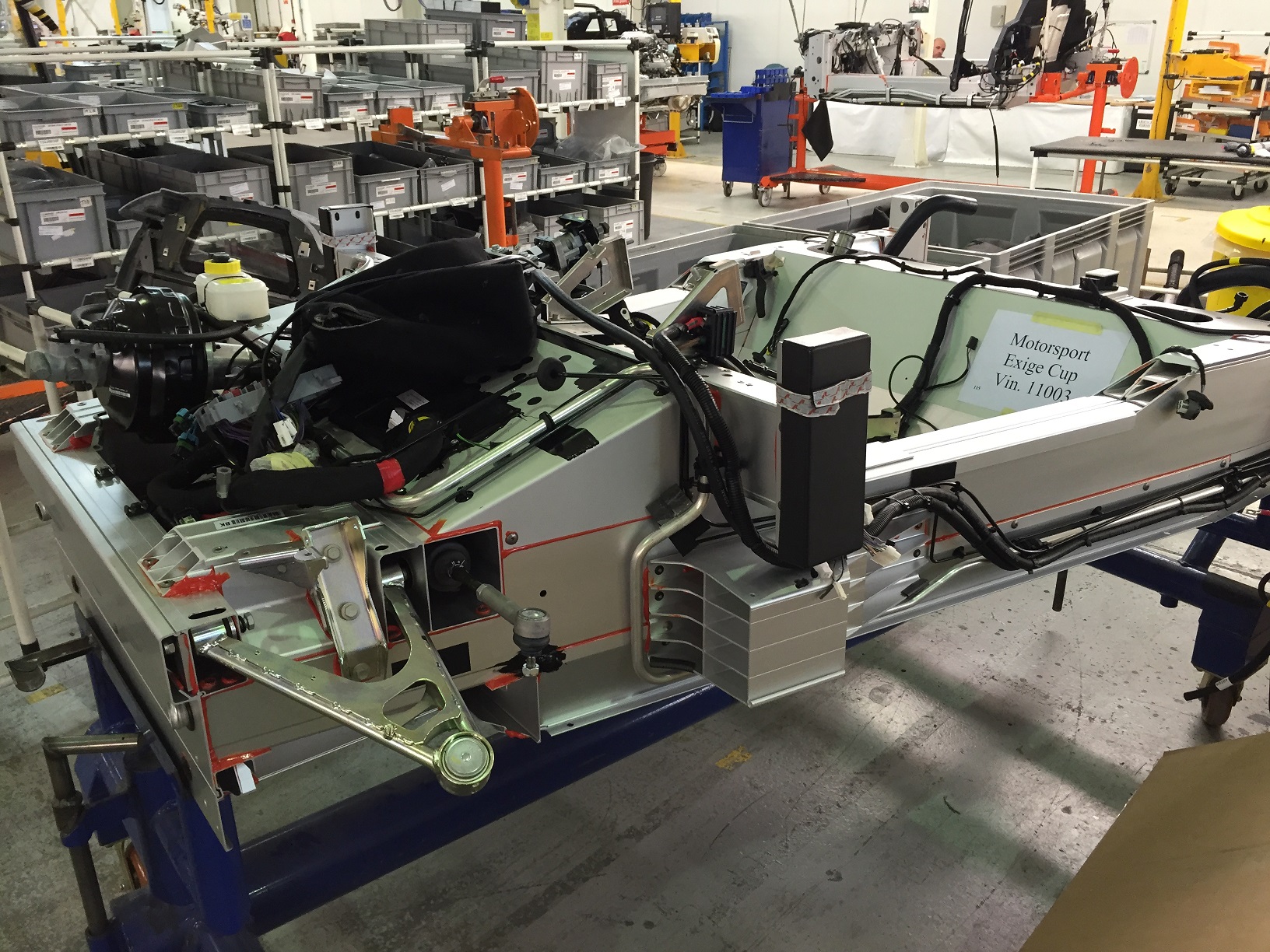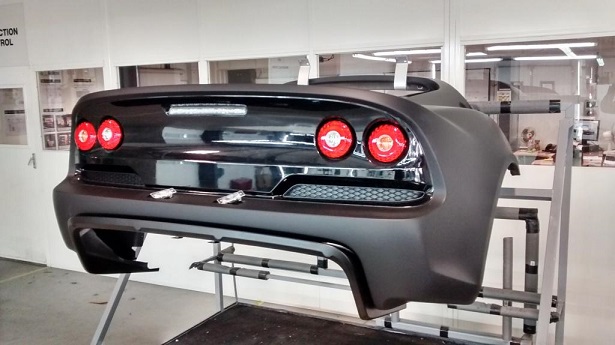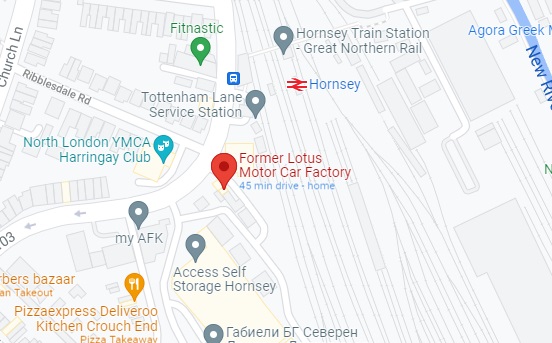

The first Lotus factory
was located at
7 Tottenham Lane, Hornsey, North
London
The Lotus Exige is parked
next to the building, showing its current use as a
builder's merchants
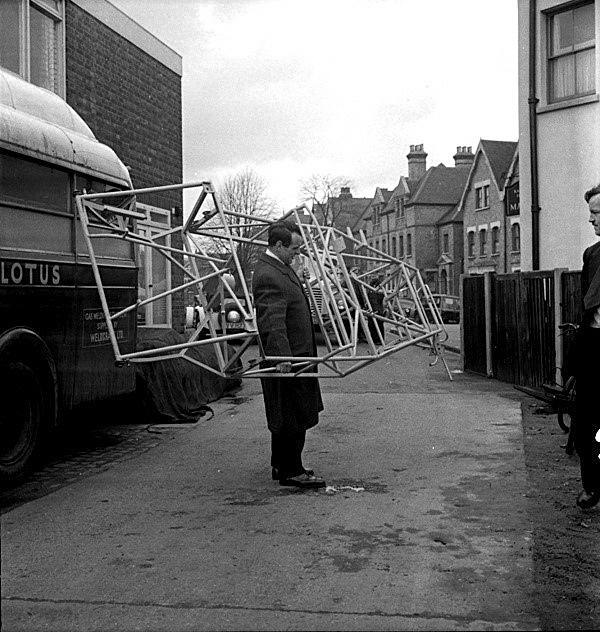
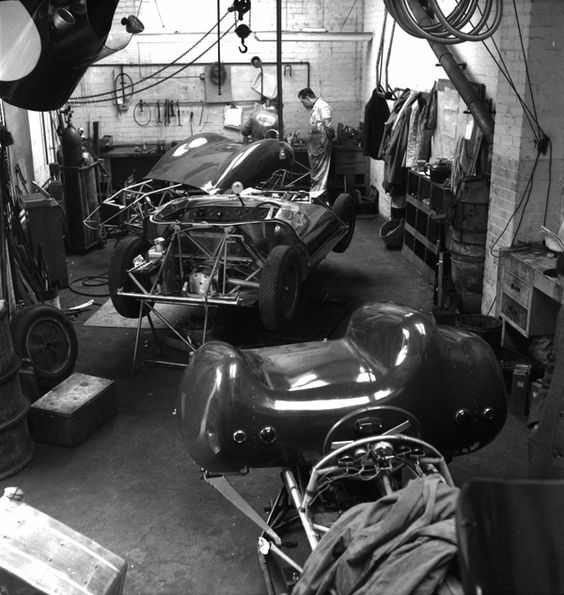
Progress
Chassis Company was founded in the early 1950s by John
Teychenne, an old school friend of Colin Chapman - when Colin
lived with his parents at the Railway Hotel, John was based
just over Tottenham Lane, at 19 Ribblesdale Road
A Lotus Elite, the first
GRP monocoque car, is in the showroom here, with three Lotus
Eleven race cars parked out the front
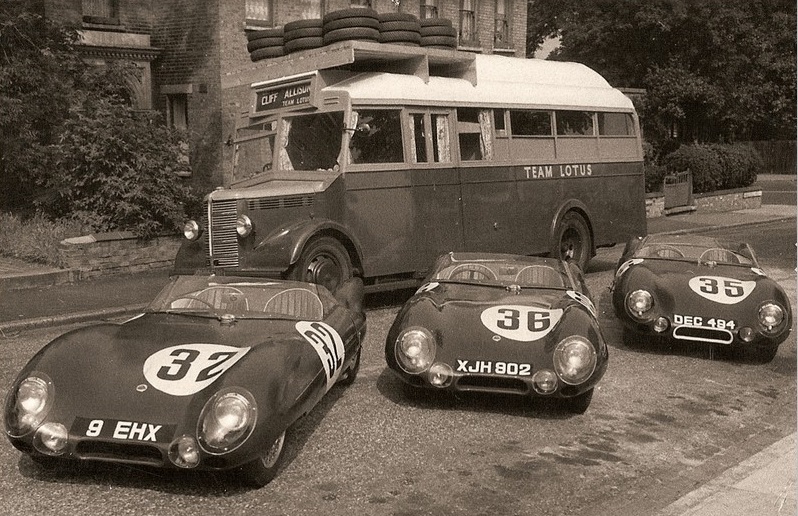
From the look of the
number roundels ready on these cars, they could well be the
trio of Lotus 11s that competed very successfully at Le Mans
in 1956
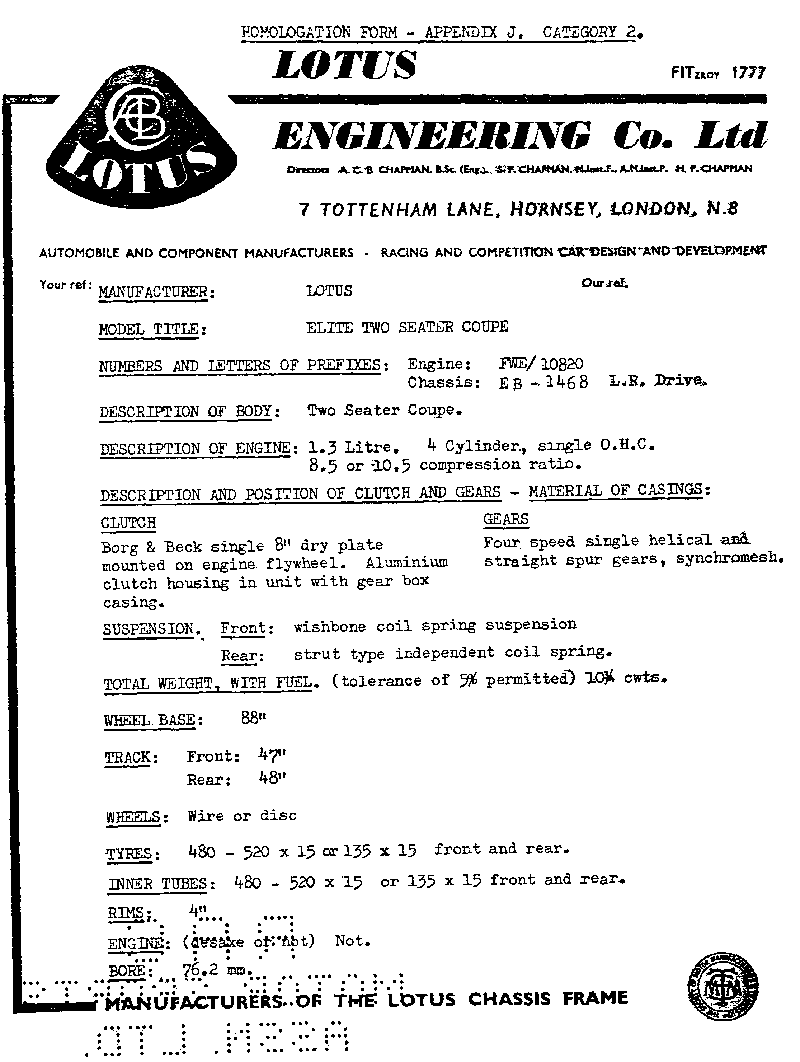
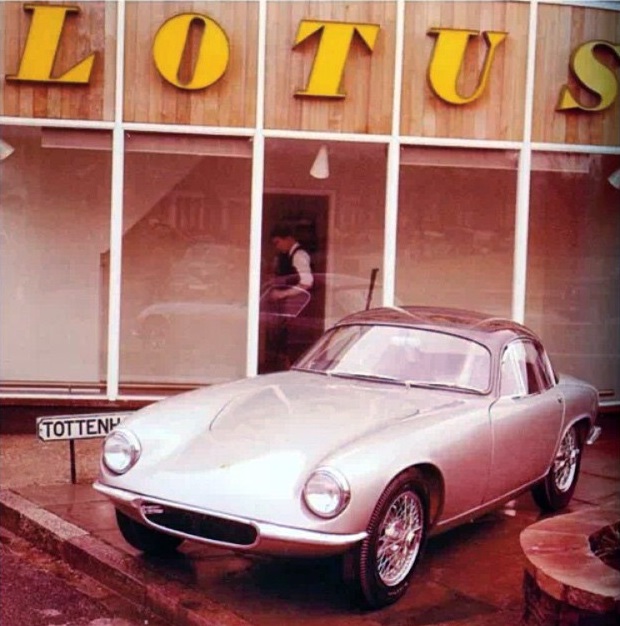
The team are hard
at work in the workshop here and Colin also shows a variety of
skills, designing on the drawing board and behind the welding
mask - when the new showroom building was added, Colin had a
drawing office upstairs
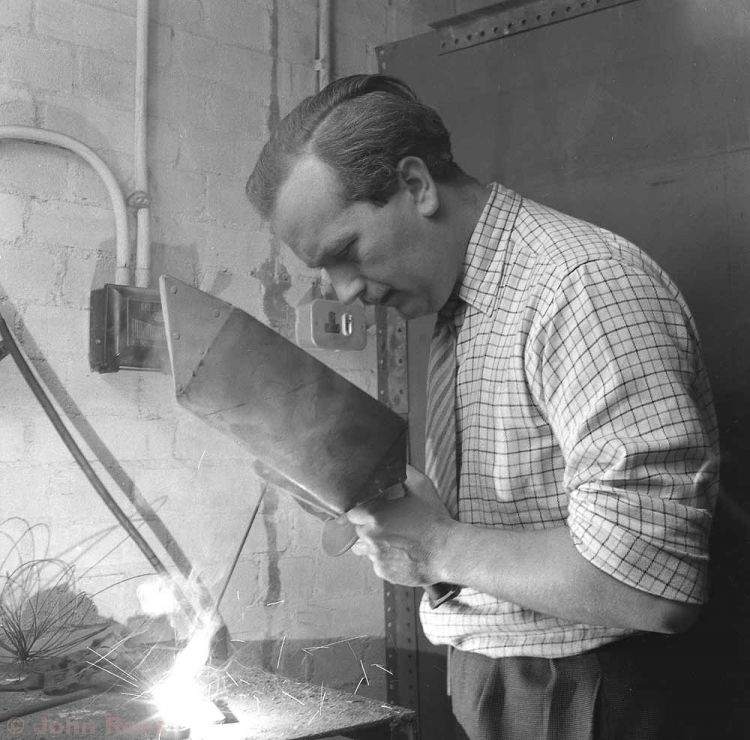
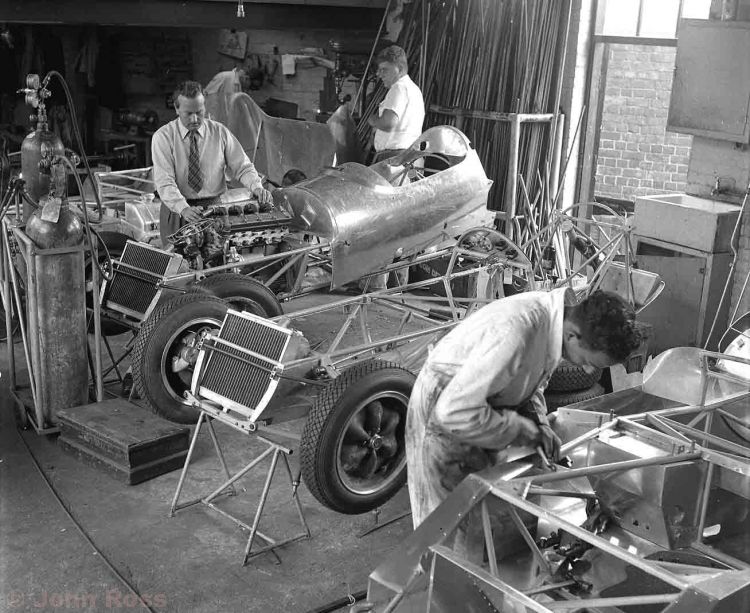
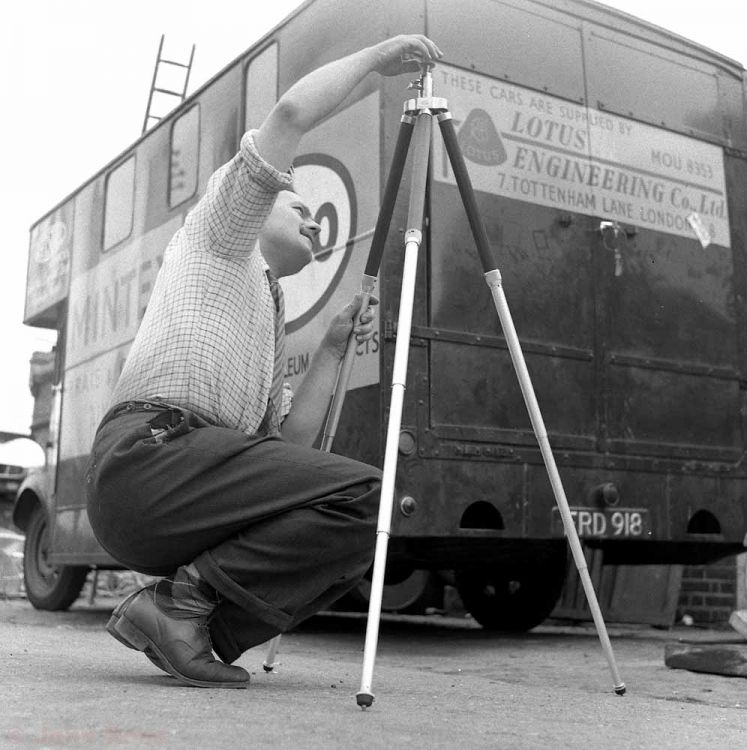
 This is actually a Lotus VI,
the predecessor to the Seven, but the photo just shows the pub
sign for the Railway Hotel behind
This is actually a Lotus VI,
the predecessor to the Seven, but the photo just shows the pub
sign for the Railway Hotel behind
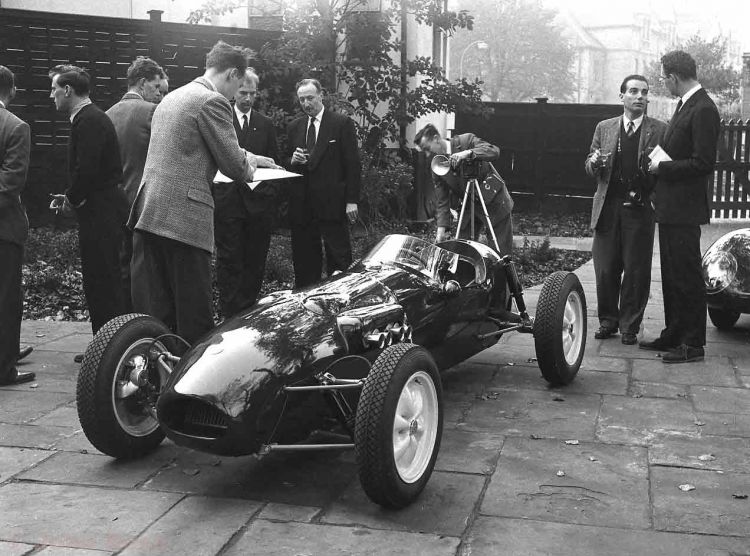
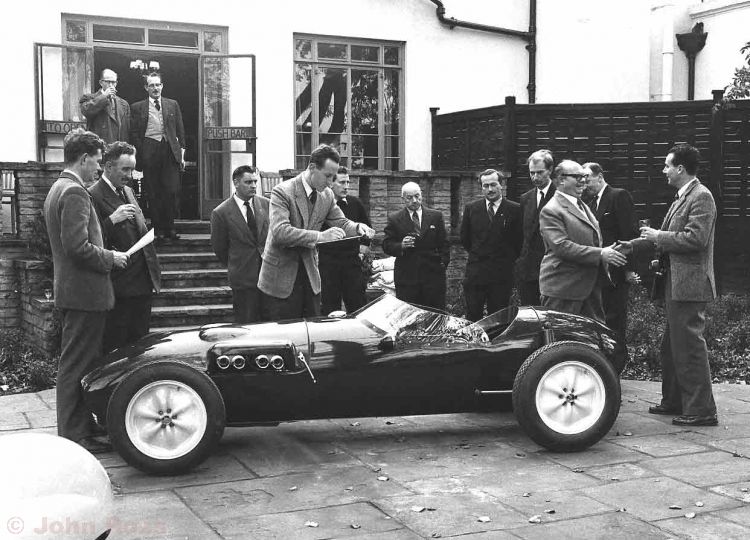
Below drivers, Graham Hill,
Innes
Ireland (with pipe) and Alan Stacey, stand
to the right, along with Colin Chapman (in
hat) and Mike Costin, with the Lotus 16 chassis and engine in
the pub back garden, with Hornsey railway station behind
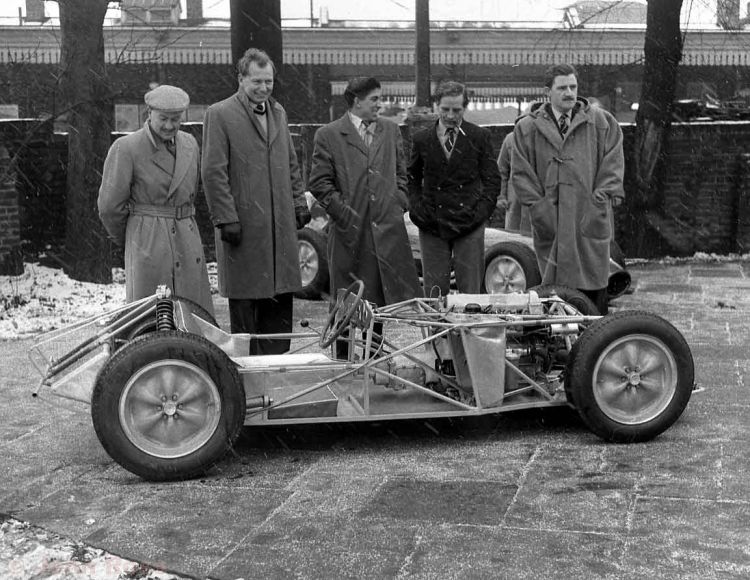
For a detailed look at all the locations around Alexandra Palace and Hornsey in North London, where Colin Chapman, his girlfriend Hazel and the Allen brothers, Nigel and Michael, developed the very first Lotus cars, click the image on the right
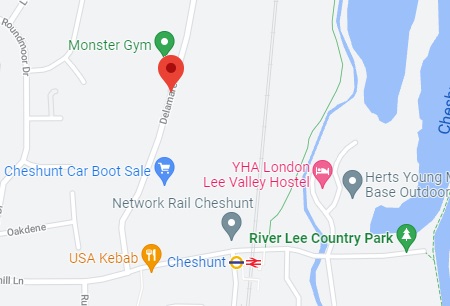
Lotus moved to these new,
purpose made two unit factory premises shown below, in
June 1959 - the new location was only around 10 miles up
the A10 from from the old factory in Hornsey
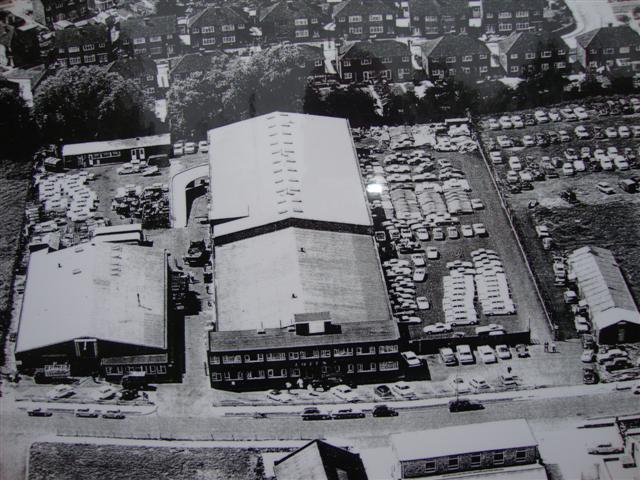
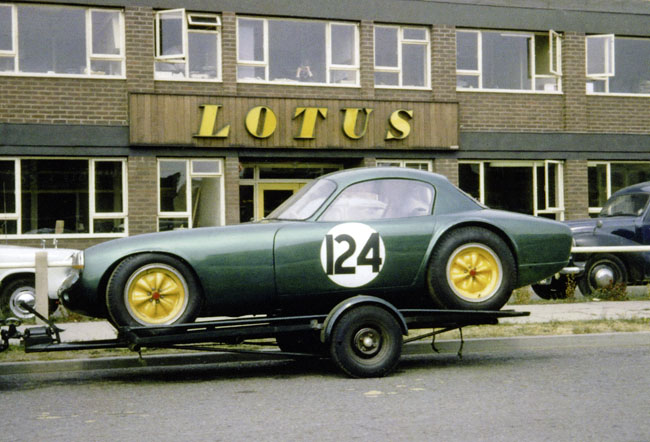
The company was also
restructured into a group including Lotus Components Ltd,
which produced sports racing cars, Lotus Cars Ltd, which
manufactured the Elite and Lotus Developments Ltd, which
developed new models and was headed up Mike Costin
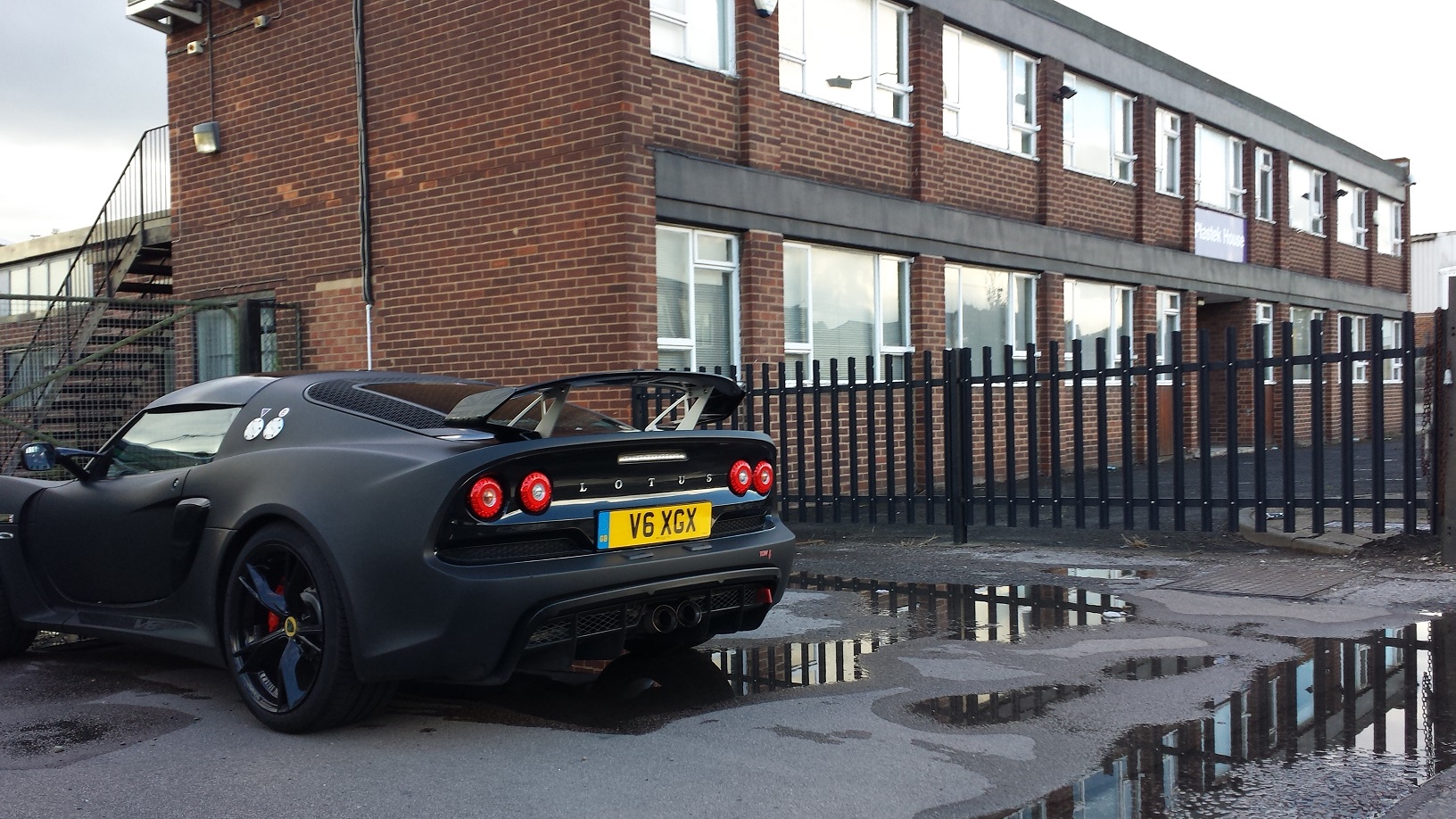
The Exige is parked by the
main office here, showing the appearance today
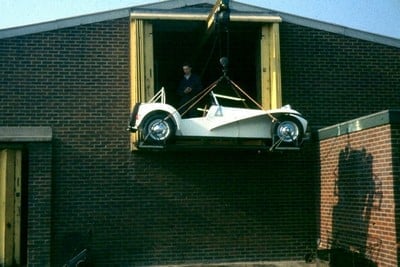
The shot below shows the
second building behind the Exige and its current use as a gym
- the existance of the very large girder for the sign on the
left is probably hard to explain, without seeing it used to
lift down completed Lotus Sevens above

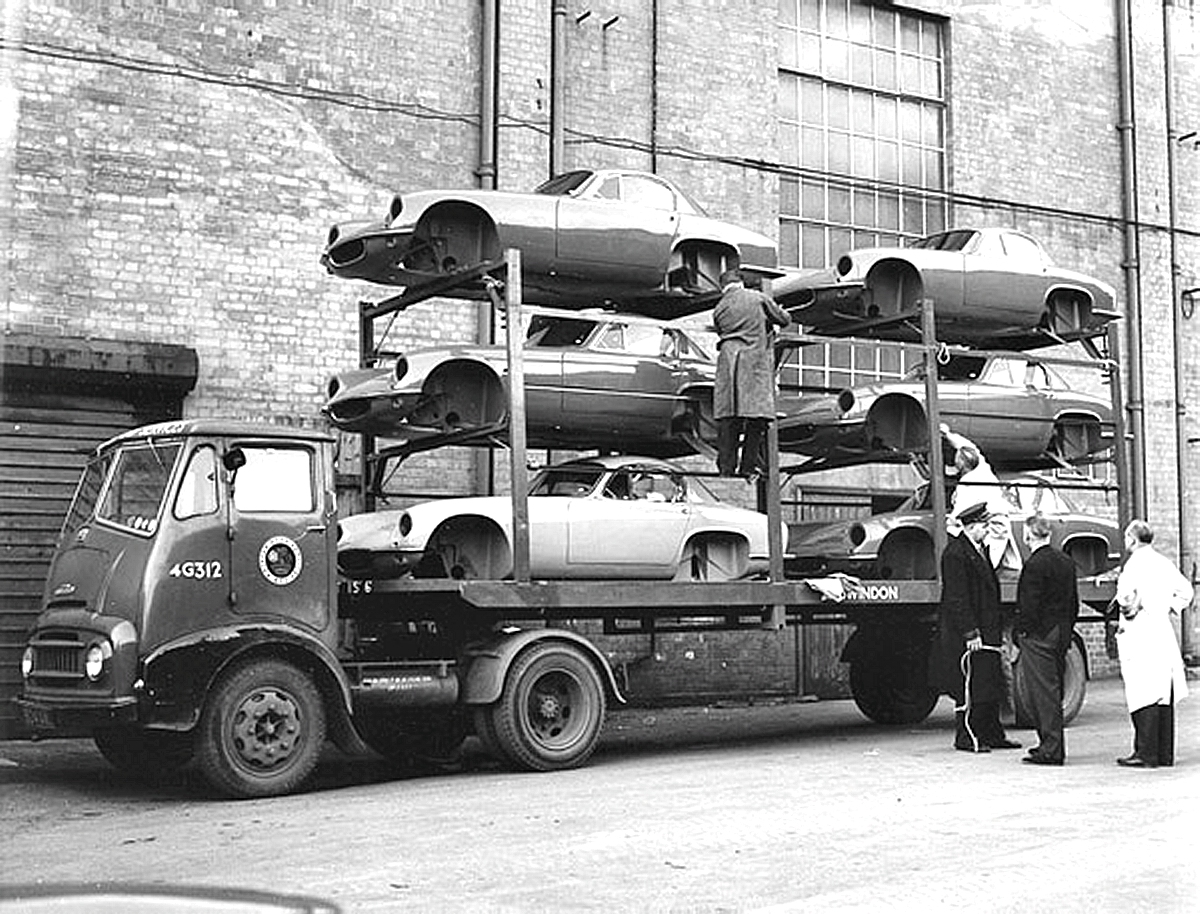
The prodcution of the
unique Lotus Elte GRP monocoque bodies was suncontracted to
Bristol Aeroplane company, after an initial un of 250 with
Maximar Mouldings, in a deal signed by Colin Chapman and they
would arrive six at a time on transporter lorries


The Lotus Elan started production at Cheshunt in
1962 - the 1500 lbs lightweight design used a GRP body over a
steel backbone chassis, rumoured to have been a test rig
originally devised to test the suspension geometry and
drivetrain but was retained for its excellent characteristics
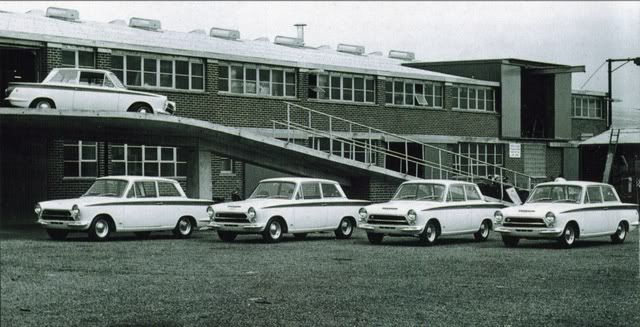
In Jan 1963 the Lotus Cortina was launched and
then exhibited at the Earls Court Motor Show
All completed Lotus Cortinas were driven down
this ramp at the Cheshunt factory
Colin Chapman had been working with Ford for
some time on a joint project and this eventually became the
Lotus Cortina
Work with a standard car from Ford had been
secretly going on since 1962 at Cheshunt and Jim Clark tested
the prototype at the Silverstone circuit and contributed to its
development
The photo above shows the current view of the
ramp leading down to the roadway between the two buildings
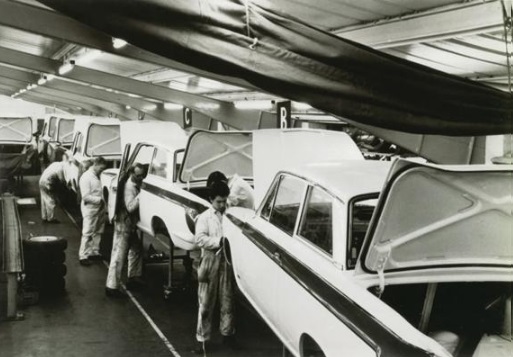
The assembly area area for the Lotus Cortina was
on the 1st floor of a new two storey extention built behind the
exisiting office/factory unit
A winch was used to bring Cortina shells into the
area and the ramp was used to drive the completed cars down to
the road
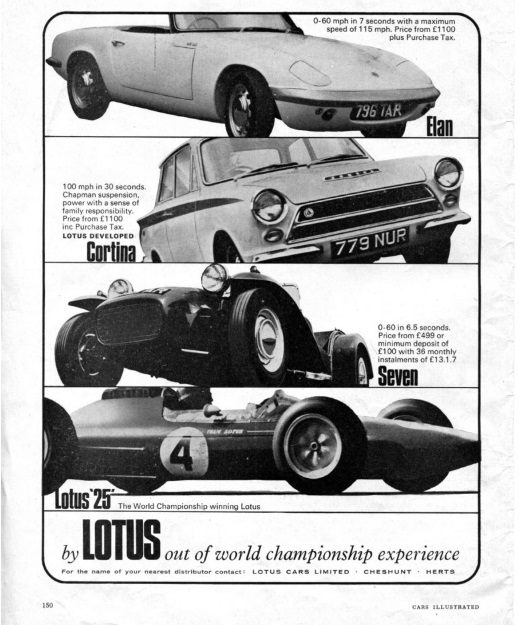
In 2015 the plaque on the right, commemorating the achievements of Colin Chapman, Jim Clark and all of Team Lotus, in winning both the 1965 F1 World Championship and the Indy 500, was placed on the wall of the former Lotus Seven assembly area
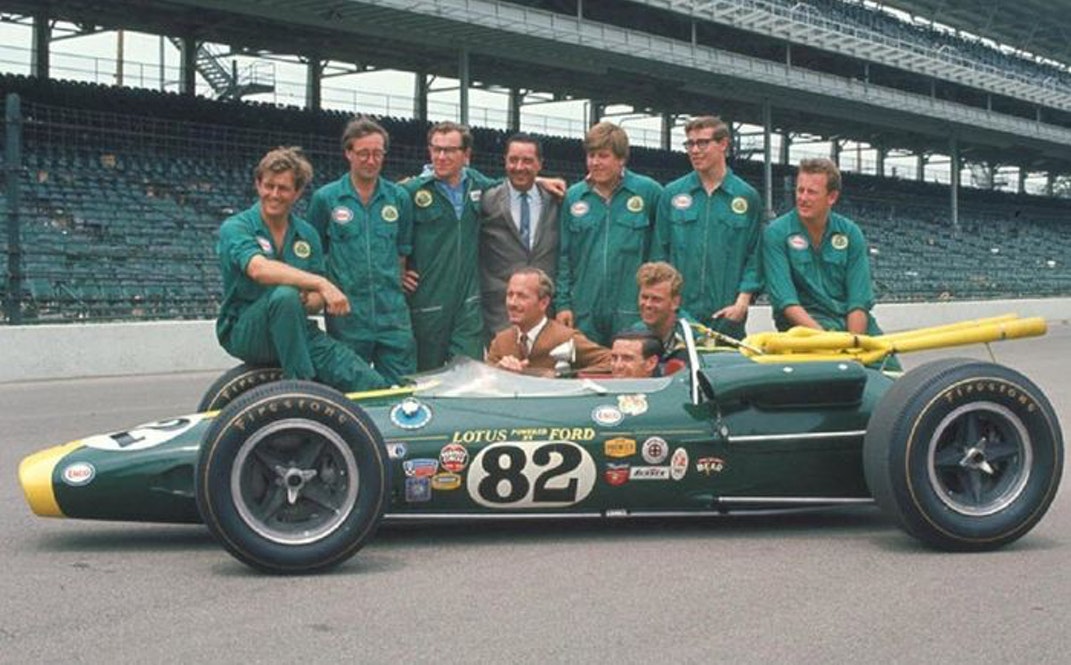
The Lotus 38 was the first mid-engined car to
win the indy 500 and the Lotus design permanently chnaged the
face of American IndyCar racing in that all cars were previously
front engined roadsters but all chnaged to mid-engined designs
By the mid 1960s Colin Chapman wanted to have his
own test track and also wanted to further expand car production
- actually a proposal for development of the Cheshunt site was
drawn up but planning application was refused
For these reasons, a larger site further
afield was sort...
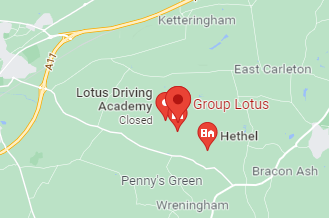
The
third and current Lotus factory is located in Potash
Lane, Hethel, Norfolk
Lotus relocated to Hethel in 1966 from their
second location in Cheshunt
The Grand Prix developments of Team Lotus was also based at Hethel from 1966 but moved in 1976 to a new HQ at Ketteringham Hall, which is only a few miles from Hethel as can be seen on the map - click for more on Ketteringham Hall
Norfolk County Council had purchased the former
site of RAF Hethel after WW2, which had been unused since its
closure in 1948, and Lotus aquired the land in 1966
Colin Chapman had wanted a test track, which the
Cheshunt factory did not allow, and the two runways at Hethel
were an ideal solution and were retained for that very purpose,
as well as providing take off and landing facilities for Colin's
aircraft
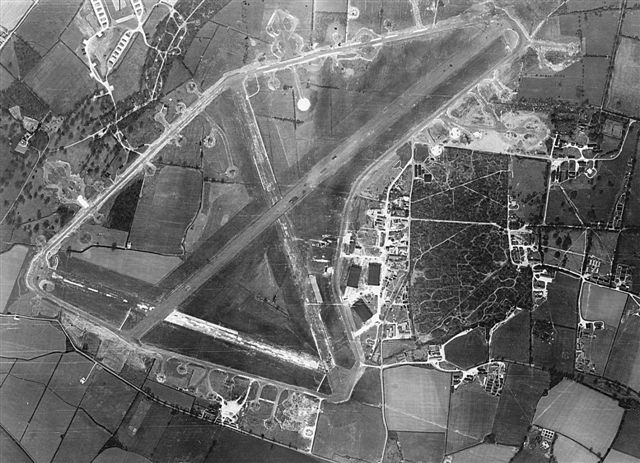
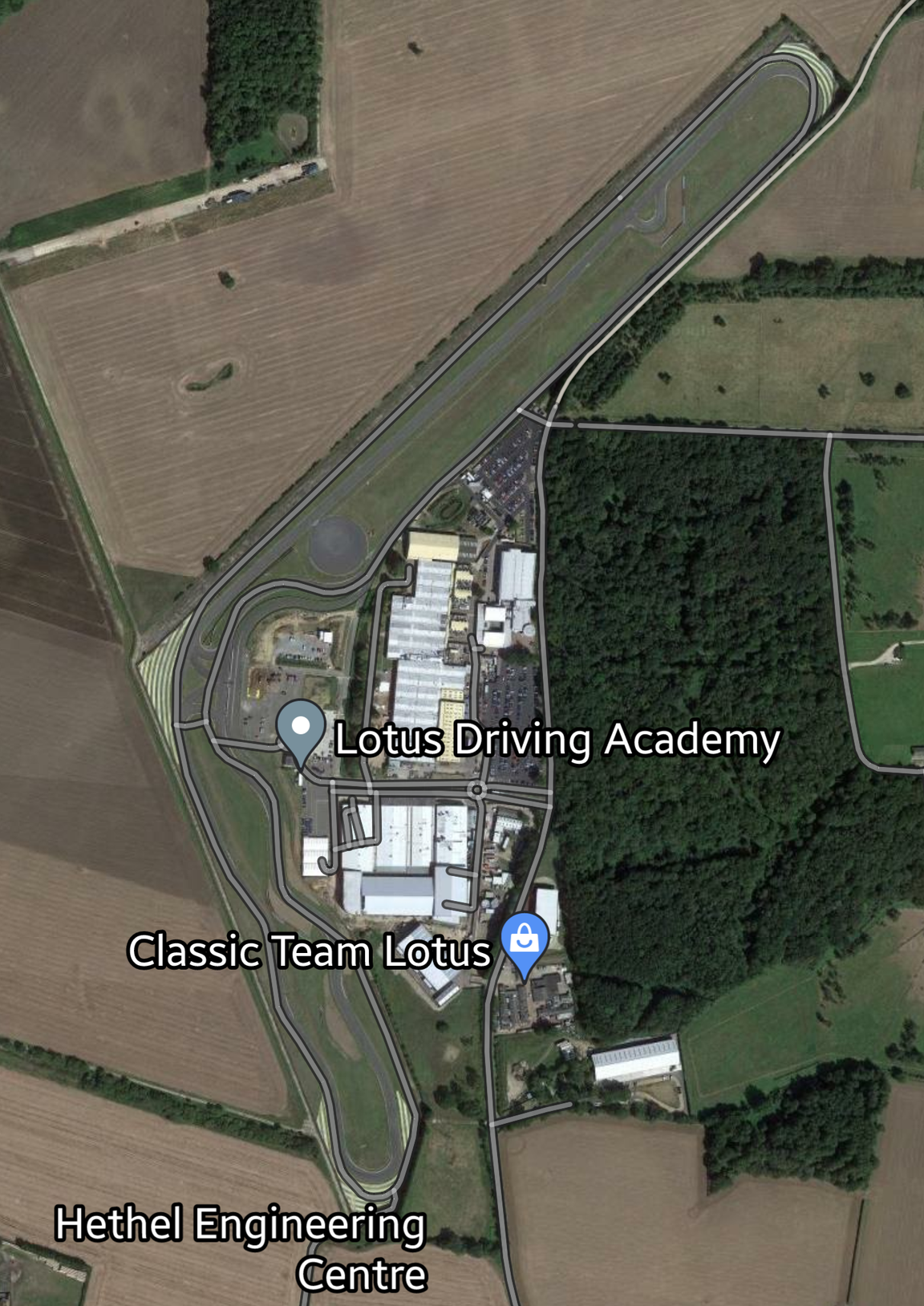
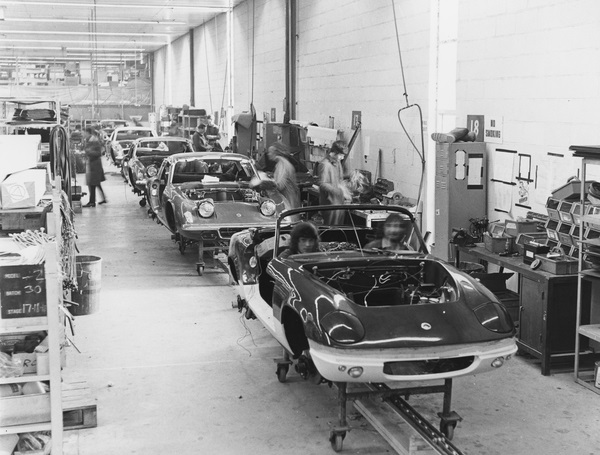
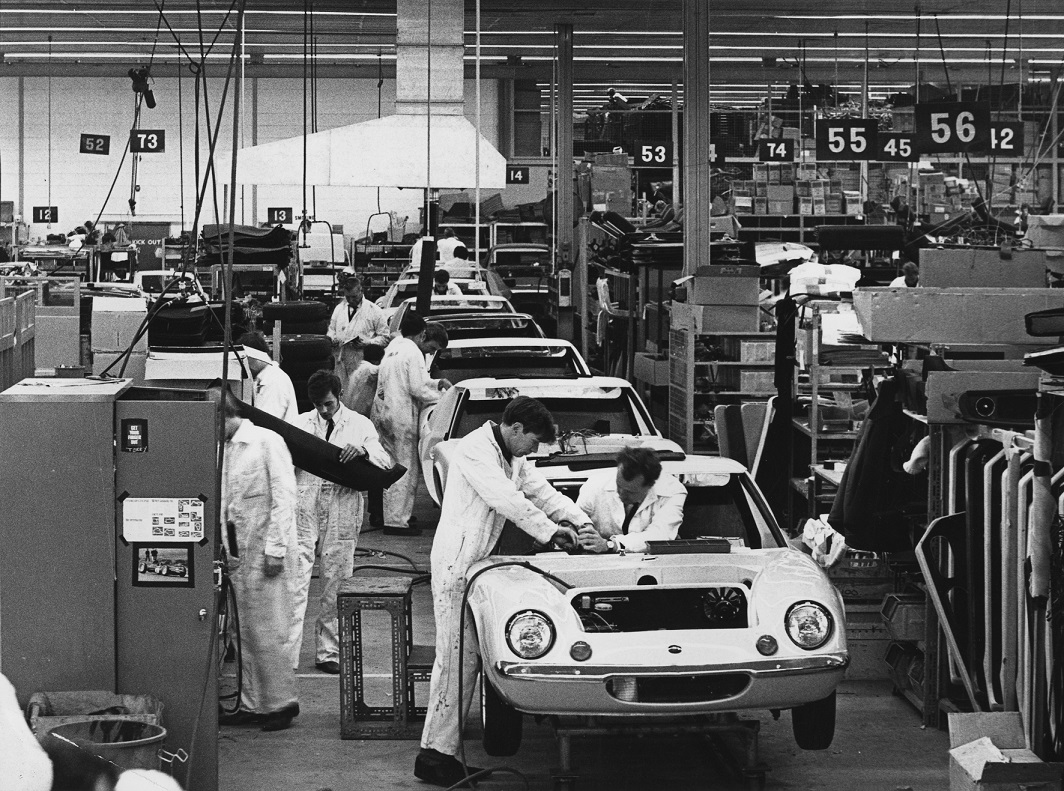
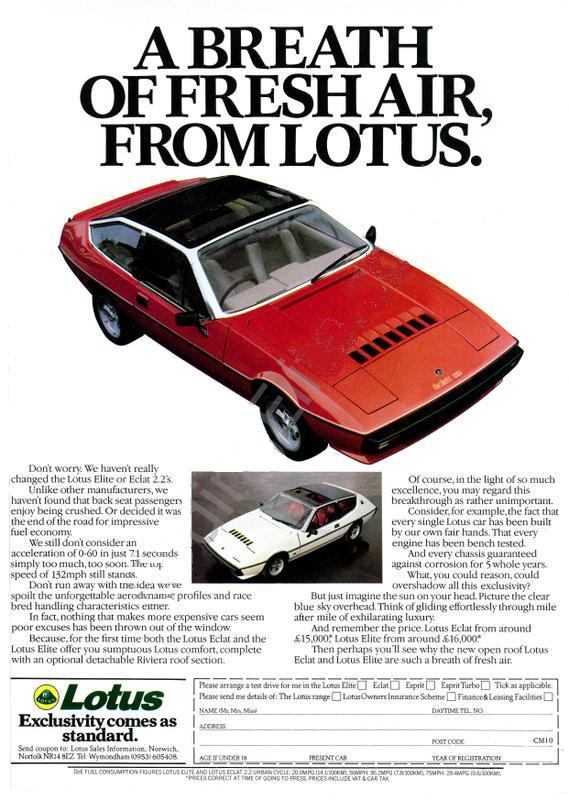

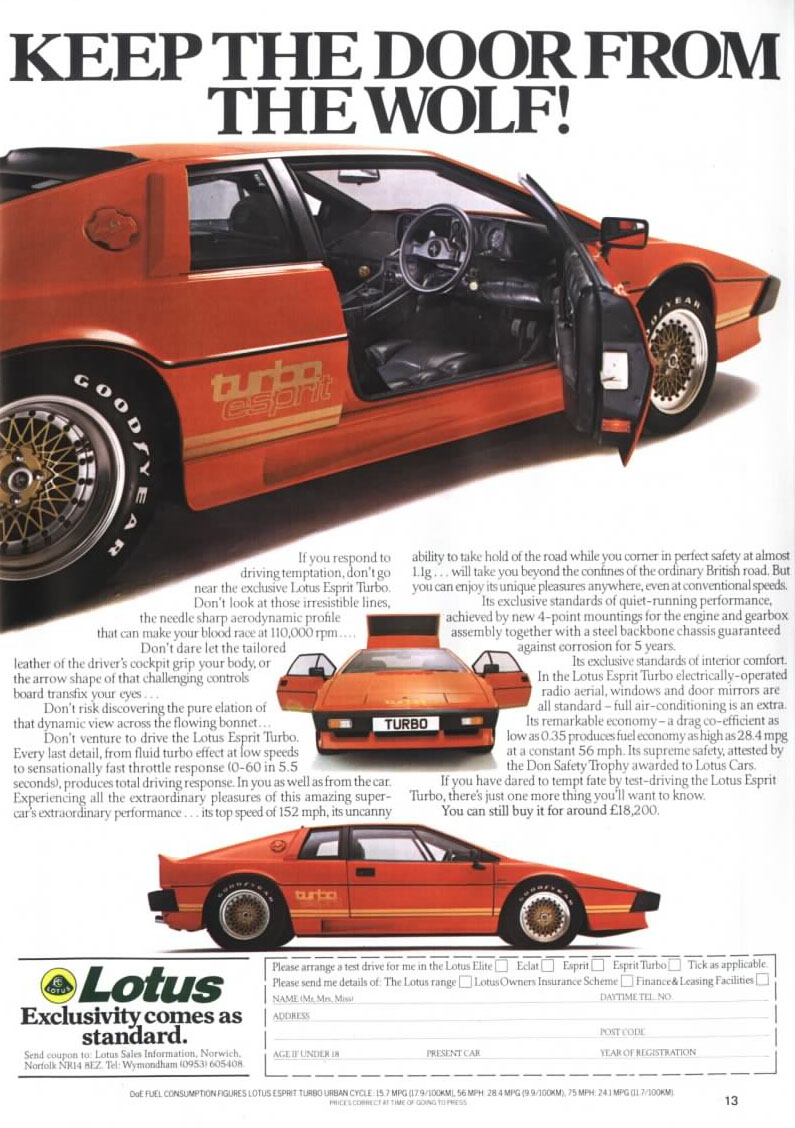
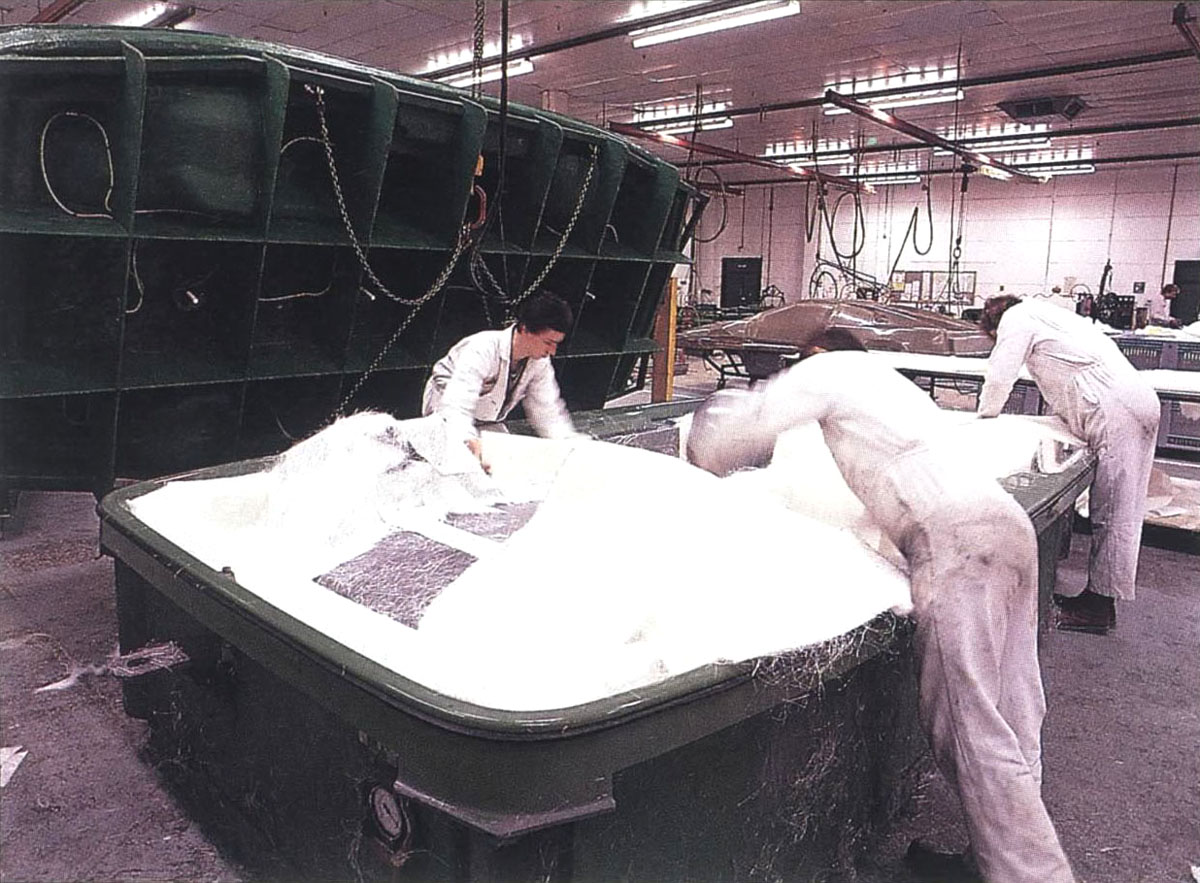
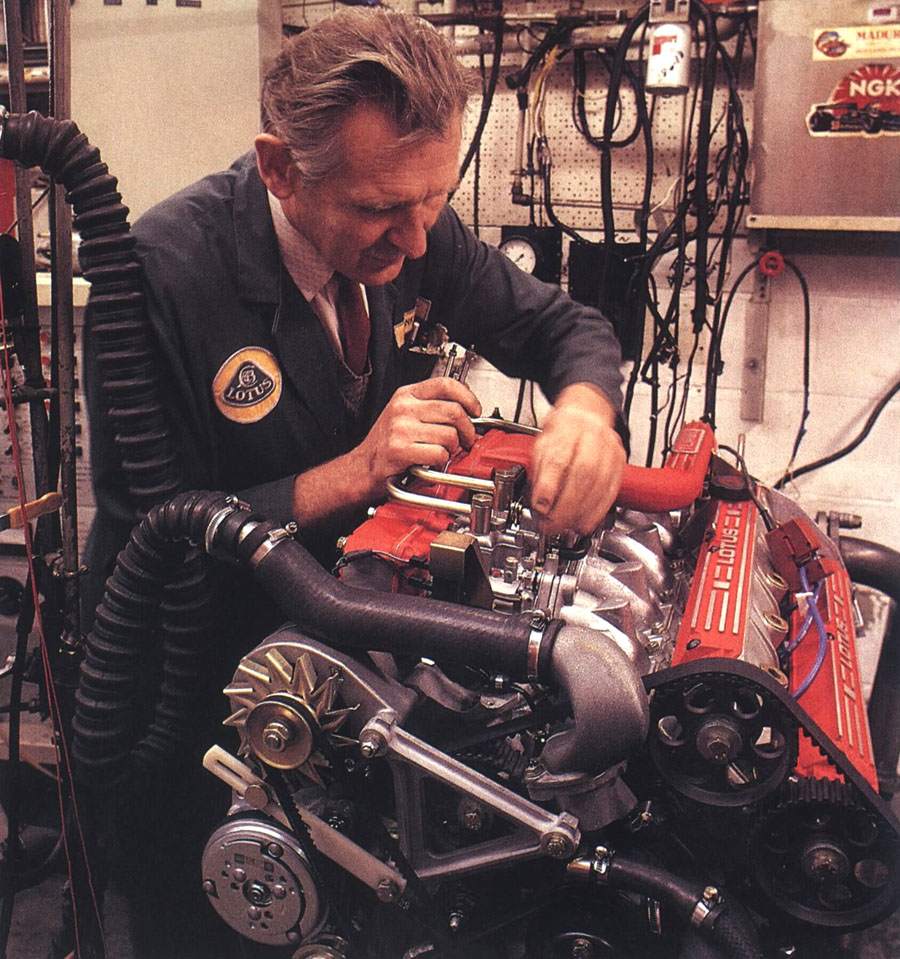
Lotus 910 Turbo engine under insection/test at
Hethel
Lotus Esprit rolling chassis & engine being
prepared for mating to the body shell
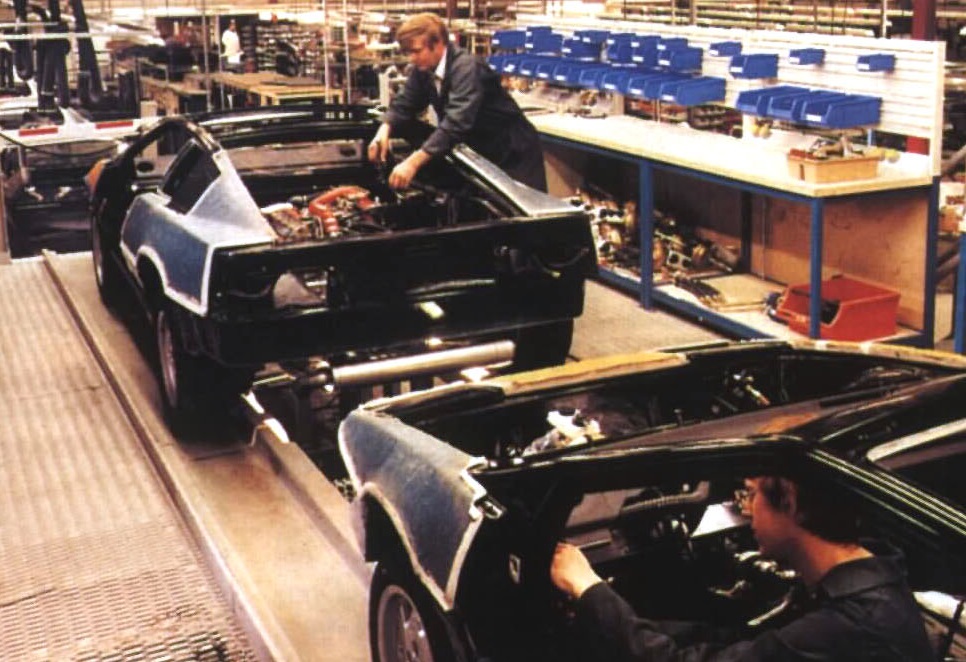
Lotus Esprit production line at Hethel
This video of a factory visit and tour in 1984
shows the various production areas at Hethel and assembly of the
Lotus Esprit
The Lotus Hethel test track
started as the remnants of the RAF Hethel runways but has been
developed greatly over the years
This is the track in 1991 within minimal changes
to the runways, save for the uneeded parts being sold off to
the surrounding farms - the original runway markings are still
visible and the also the line of the full length of the runway
into the field
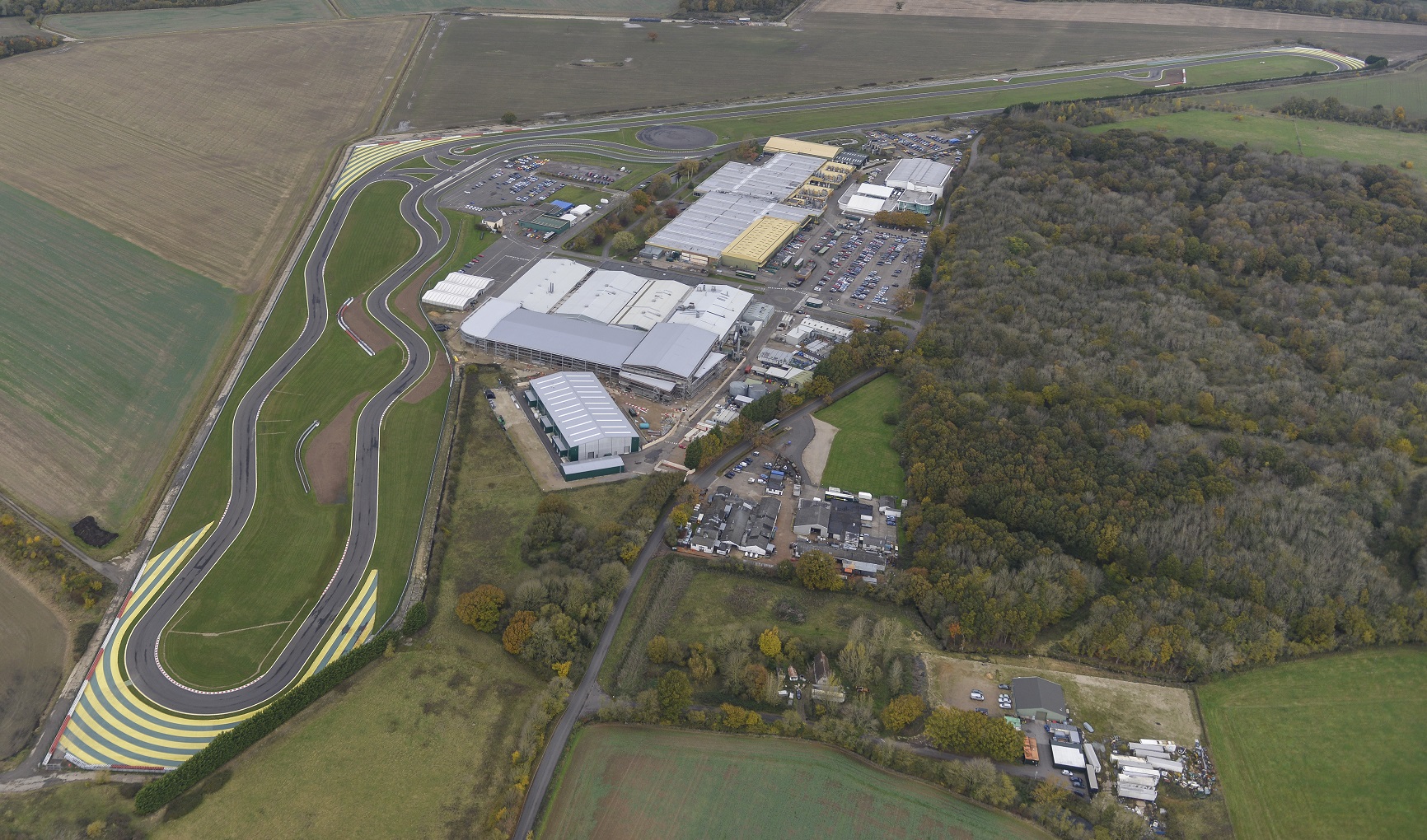
By 2018 the track had undergone a complete refurbishment and was an
FIA specification test circuit
The Lotus Driving
Academy now boats a
2.2
miles circuit that has akk the required
varying radius/length bends and varying length straights - the
track is also, of course, used to test and develop new Lotus
designs
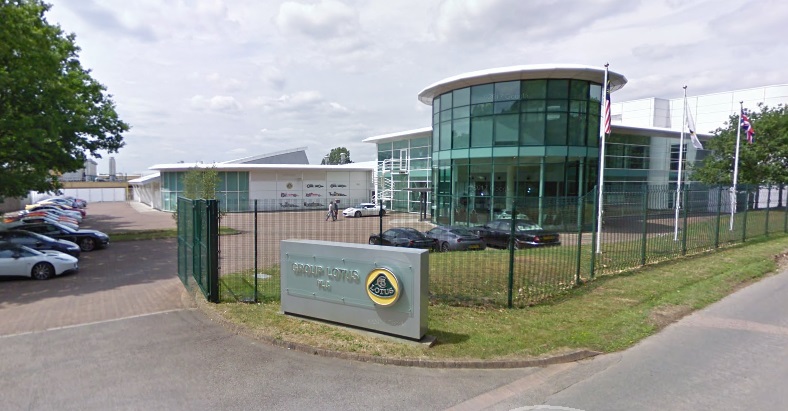
Lotus now offers the Handmade
in Hethel factory tour and test track drive for
purchasers of new cars
The Hethel buildings have grown in number over the years and now occupy a very large area along Potash Lane - click here for the google maps satellite view
Classic Team
Lotus are also located across Potash Lane from the
factory - The company, run by Colin's son Clive
Chapman, supports many of the original Team Lotus cars and
endures they are kept fully competition ready
The Lotus Exige V6 Cup, which has appeared at
all Lotus factory locations in Hornsey,
Cheshunt and now Hethel,
appears below under assembley - the Cup cars are uniquely
transferred from the road car assembly line into the motorsport
area for completion
